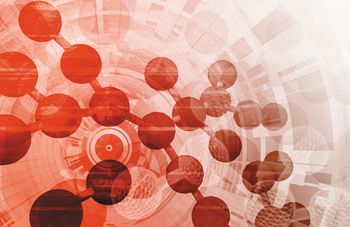
The Column
The discovery and development of biopharmaceuticals that target specific diseases can be transformative for people living with illness. However, bringing a new therapy to market is a prolonged and costly process mired in uncertainty. Ensuring safety, efficacy, and product quality is paramount. Biopharmaceuticals, by their nature, are highly complex. A myriad of heterogeneity can be intentionally functional, an unwanted consequence of manufacturing and storage, or generated by biological modification in vivo. Not all, but some post-translational modifications or biotransformations can impact development, manufacturing, safety, efficacy, and overall product quality. These critical quality attributes (CQAs) need to be identified, characterized, controlled, and monitored throughout the drug discovery and development cycle. Specialty measurement using mass spectrometry (MS) continues to play an ever‑increasing role across the continuum.





